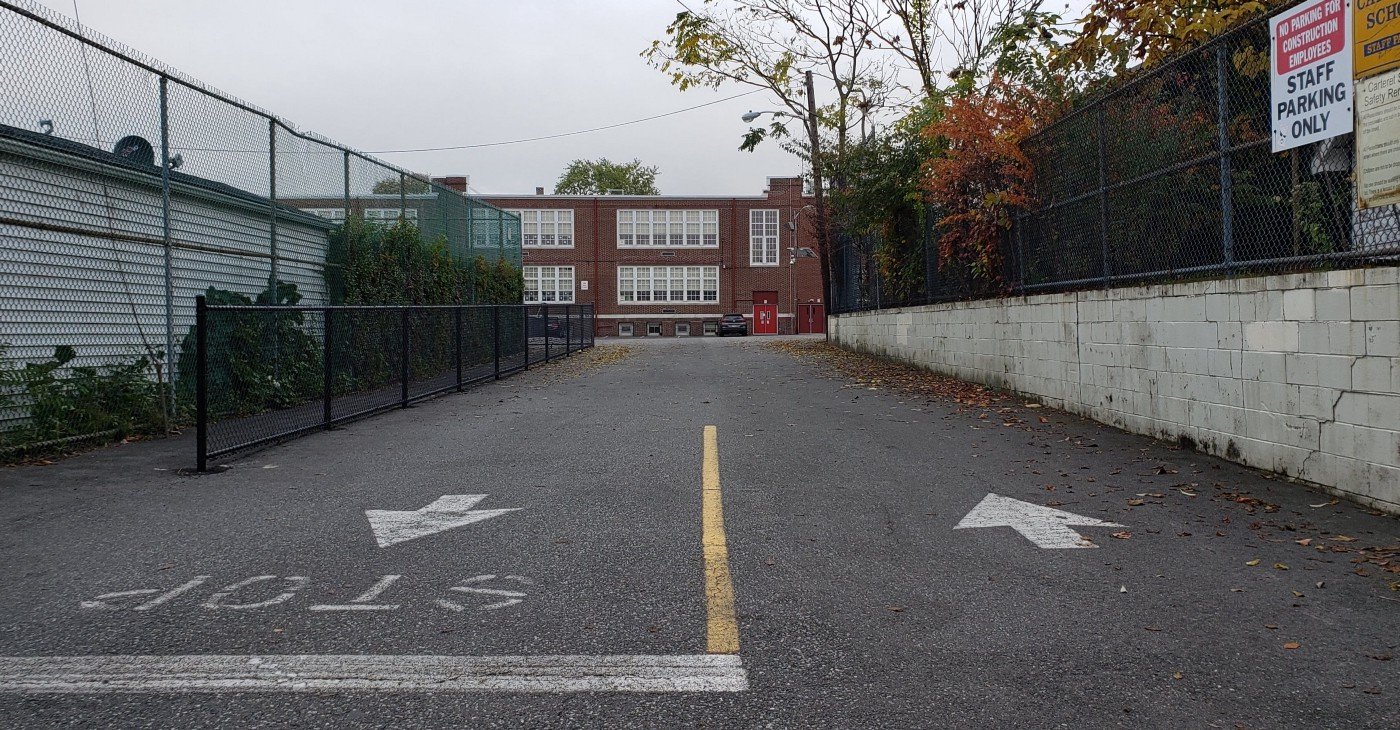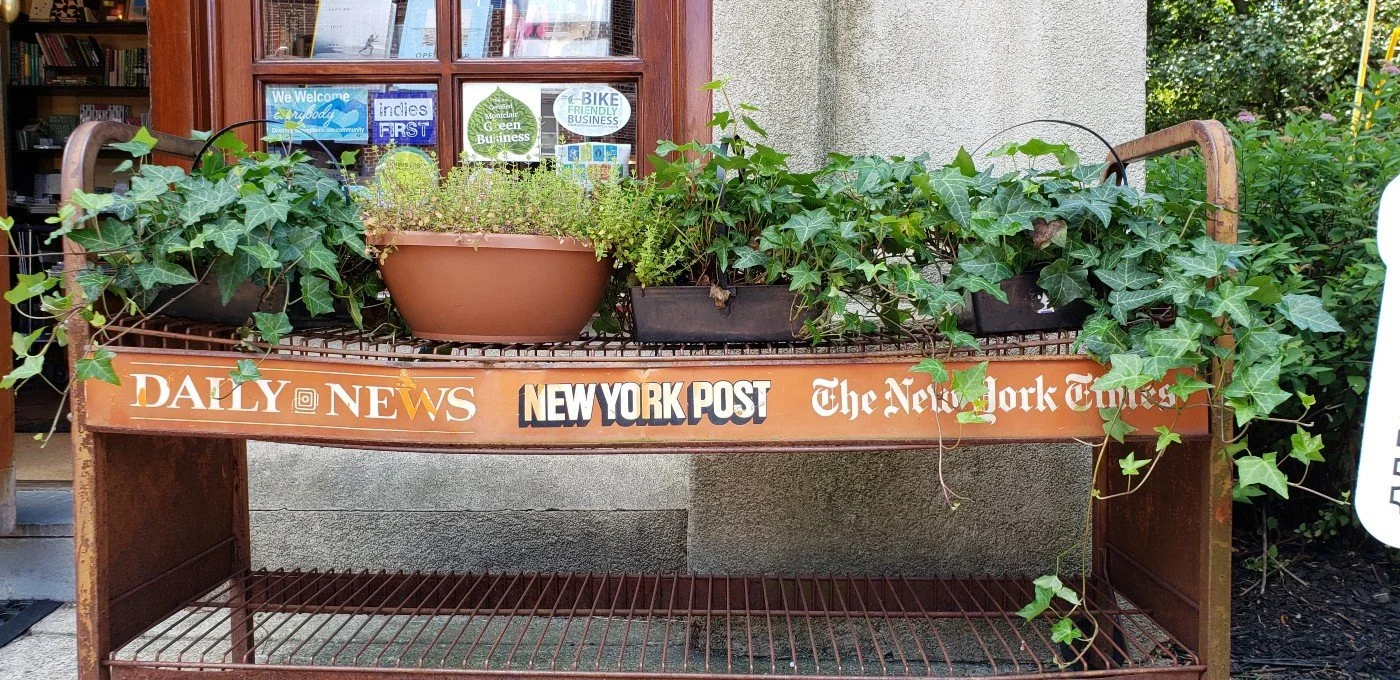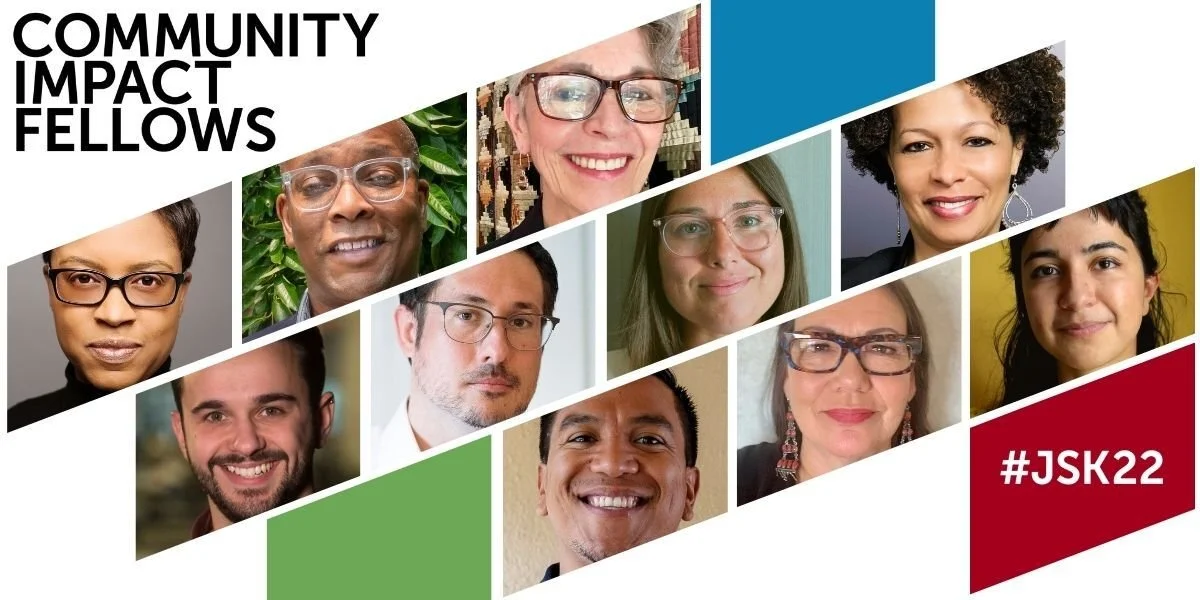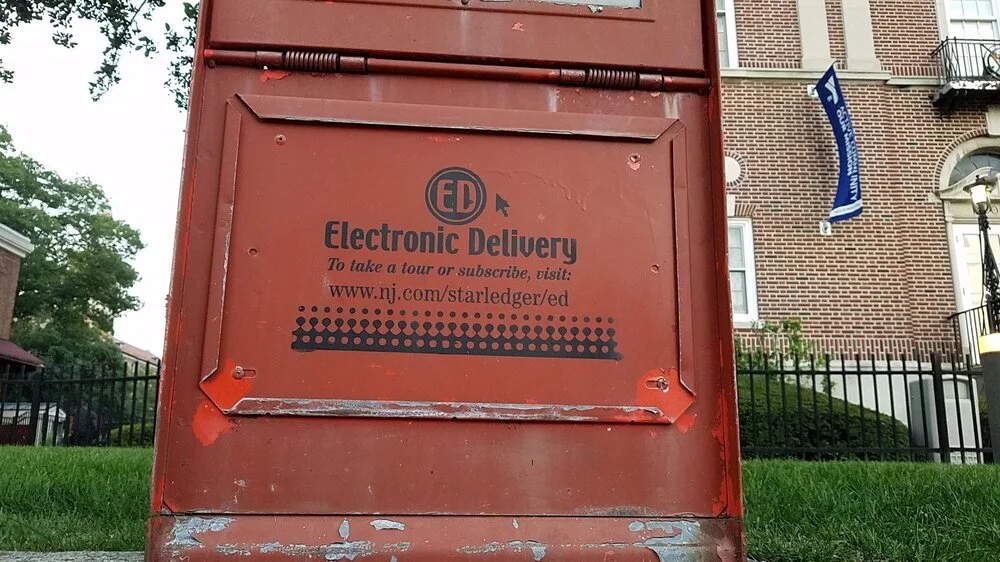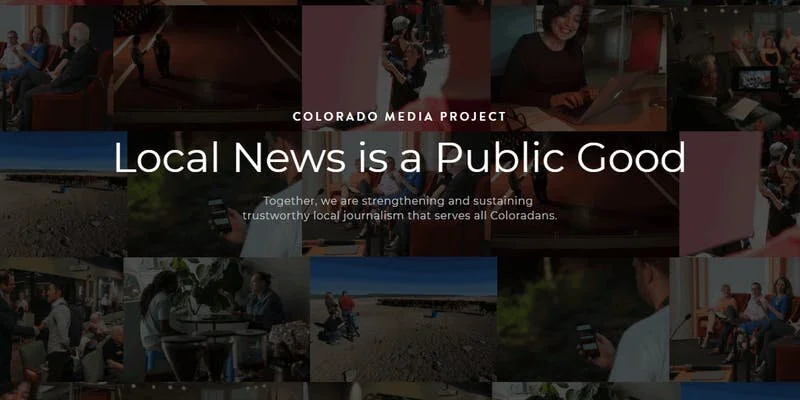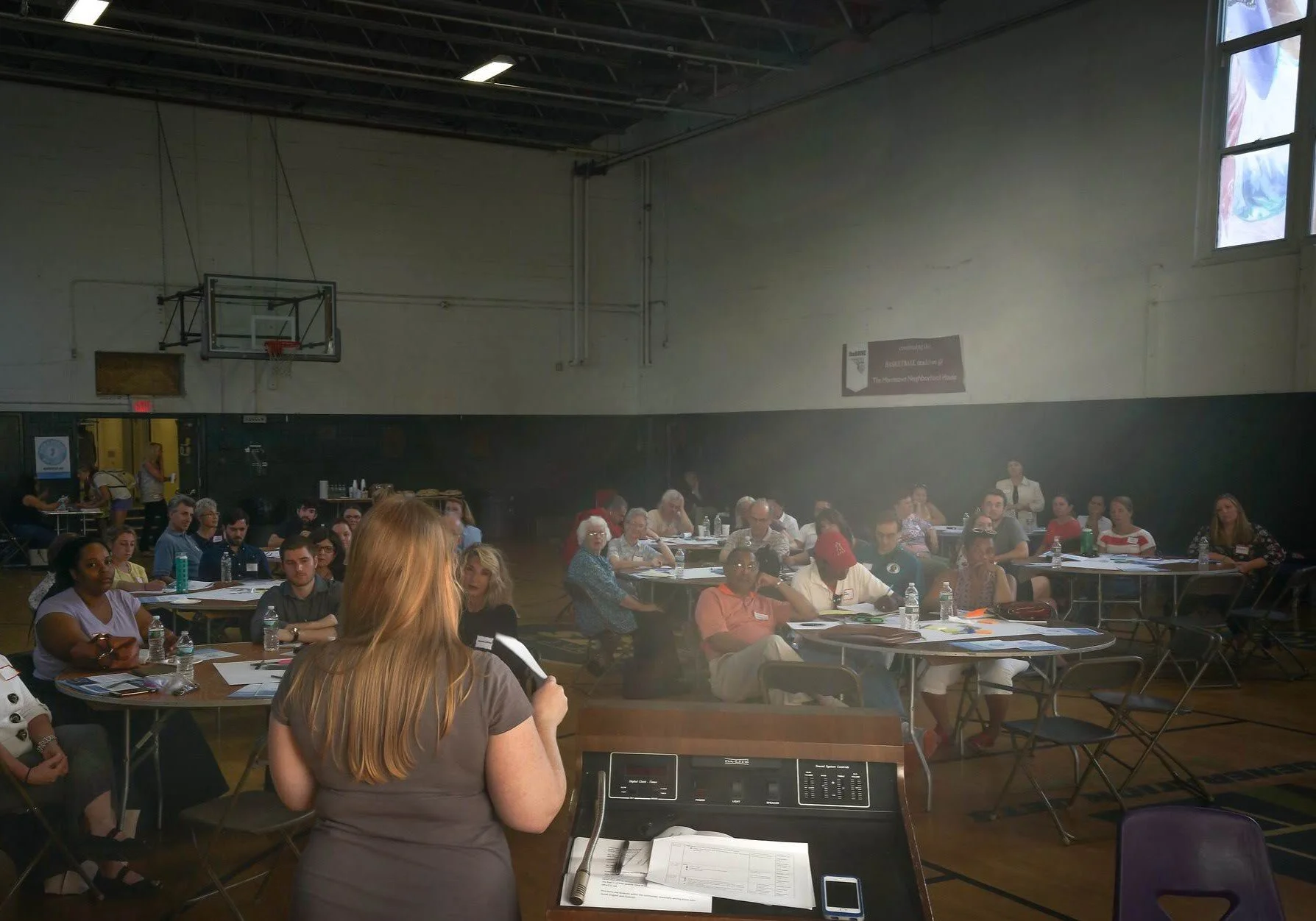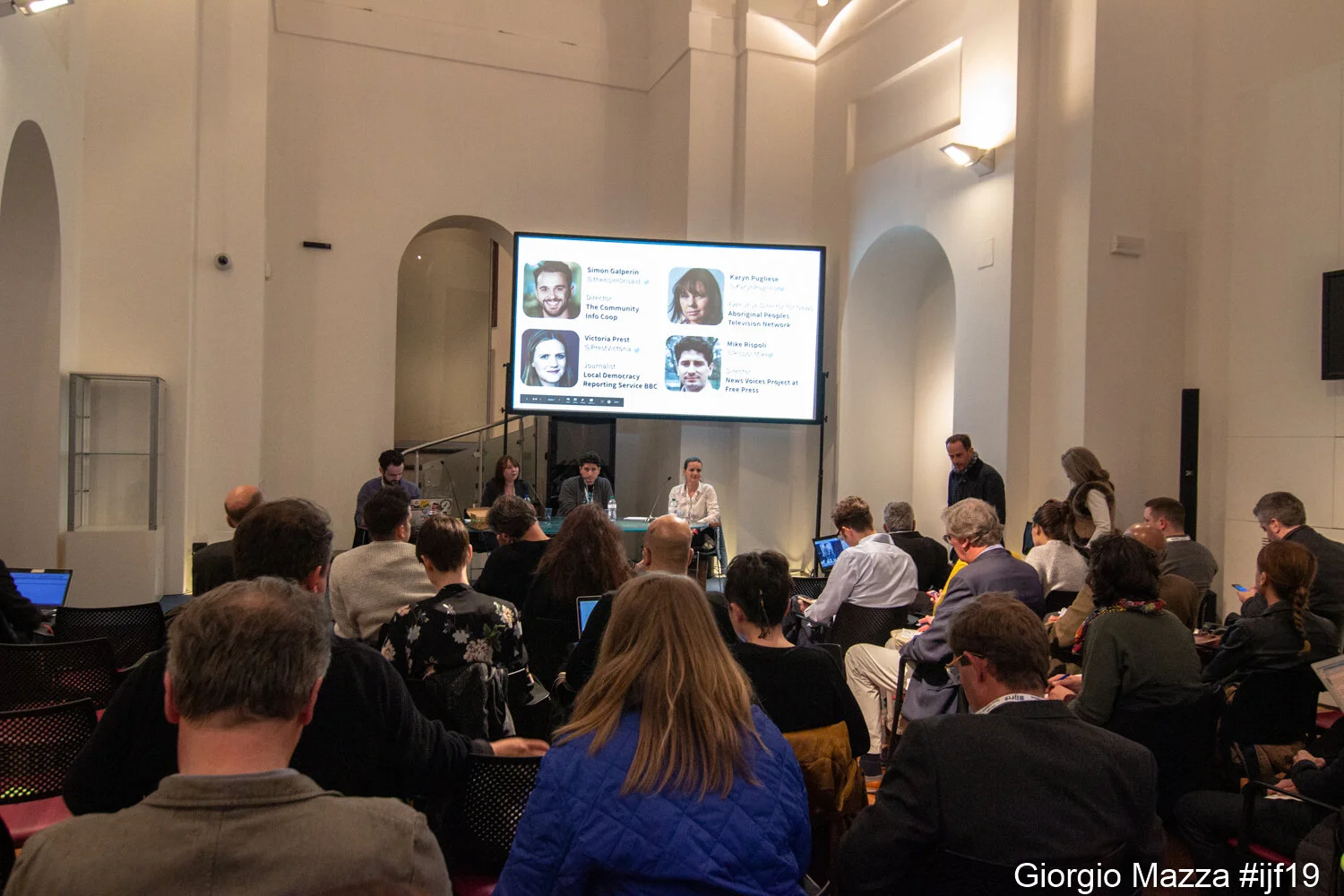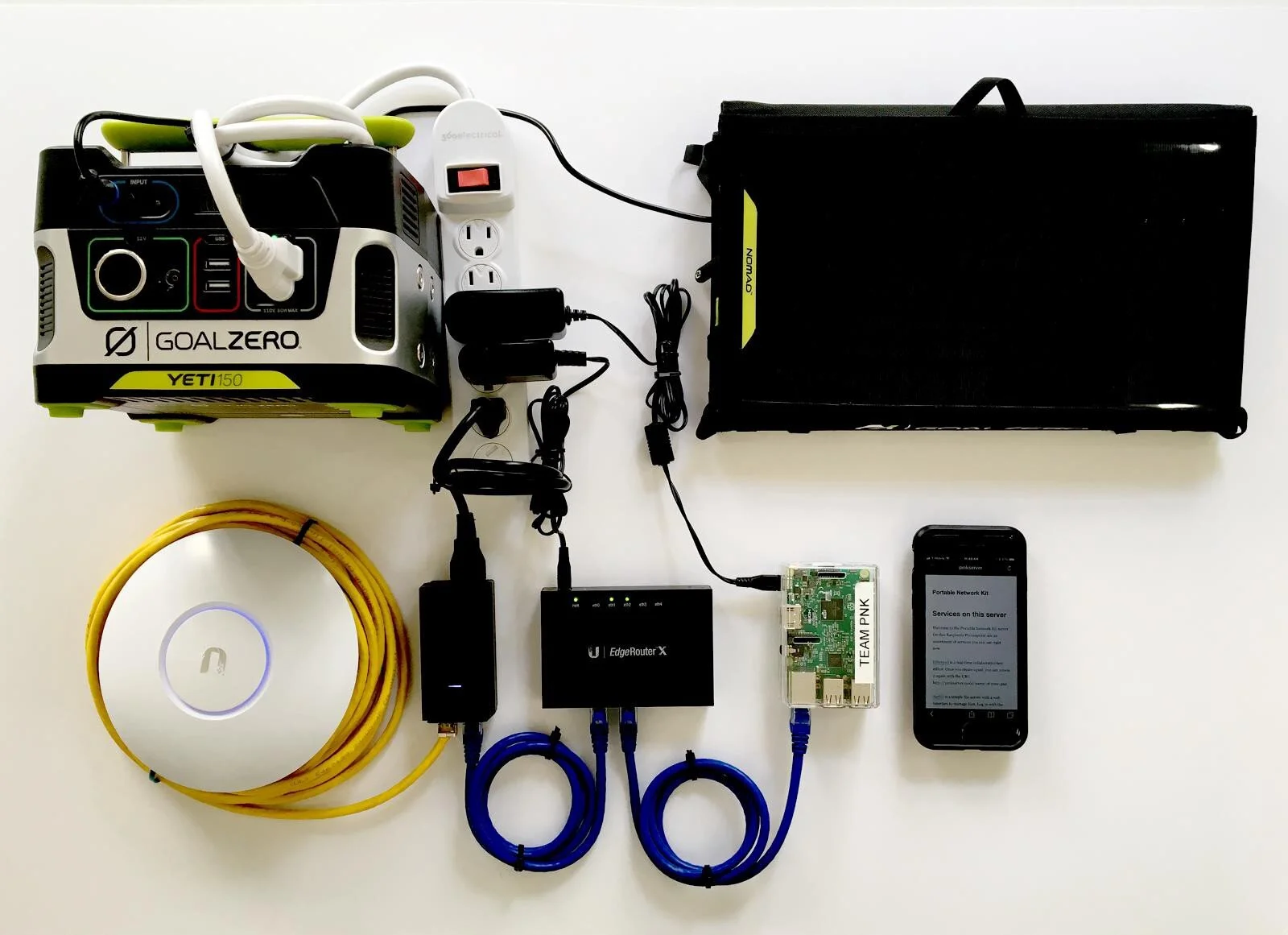Learn about how the Bloomfield Info Project is pioneering reparative models of local news and journalism.
Read MoreThe Bloomfield Information Project is an extension of the Info Districts Project and seeks to explore practical pathways to establishing community-run, publicly funded local news organizations. Learn about how we’re restoring a news desert and building movement for local news in New Jersey.
Read MoreCommunity Info Coop founder Simon Galperin selected for 2022 John S. Knight Journalism Fellowship at Stanford University.
Read MoreCommunity Info Coop founder Simon Galperin was the featured guest on the It’s All Journalism Podcast discussing info districts as a model for funding public service local news and information.
Read MoreWe developed this technology-assisted workflow to allow local journalists to reduce information inequality and respond to a community’s need for more effectively curated local news and civic information.
Read MoreThe Bloomfield Information Project is our public service journalism lab dedicated to making our community more informed, engaged, and resilient. From workflow innovations to new prospects for revenue in local news, here's what we've been up to in 2020.
Read MoreA survey by Data for Progress showed that voters were more supportive of establishing info districts than expanding national public funding for local journalism or providing emergency relief for local news amid the COVID-19 pandemic.
Read MoreWriting for Nieman Lab, Joshua Benton reviews the Community Info Coop’s legal analysis for developing local information districts in New Jersey.
Read MoreThe Community Info Coop commissioned a legal analysis of New Jersey’s special district laws to understand how they might be used to establish info districts. Here’s what we found.
Read MoreThe co-founder of Énois, a free Brazilian youth journalism school, writes that info districts could be used to make the mutual aid networks that have emerged in response to COVID-19 permanent in an announcement that the Community Info Coop’s “How to Launch an Info District” report is now available in Portuguese.
Read MoreWe’re expanding the Info Districts Project with the launch of our first info district campaign in Bloomfield, N.J. thanks to support from the Geraldine R. Dodge Foundation and the Reynolds Journalism Institute.
Read MoreWriting for the Knight Foundation, Mark Glaser calls info districts a business model to watch, citing the need for municipal or state funding funding of local news and information.
Read MoreThree years ago we came up with the idea for info districts as a way to fund local news and information to promote civic engagement. Today, there’s even more evidence that local news needs reinvention. There’s also a growing momentum.
Read MoreIn 2019, the Colorado Media Project published “Local News is a Public Good.” The report was produced over several months by a local working group and provided recommendations for statewide action in support of local news. The state government’s adoption of an info district statute was at the top of the list.
Read MoreLongmont, Colorado is considering creating an info district through the library and the Colorado Media Project is leading a public policy study to understand the role public funding could play in sustaining local public-interest journalism.
Read More“How To Launch an Info District” is a guide to establishing a new form of special improvement district – modeled after business improvement and library districts – to fund hyperlocal news and information projects.
Read MoreAn independent info district campaign launched in Longmont, Colorado led local stakeholders to closely consider how a new, publicly funded local news organization would be structured to avoid the pitfalls of government subsidy.
Read MoreThe Community Info Coop was awarded a fellowship at the Reynolds Journalism Institute at the University of Missouri to advance the Info Districts Project.
Read MoreThe 2019 International Journalism Festival in Perugia, Italy featured a panel led by the Community Info Coop facilitating a conversation between public media innovators from Canada, the U.S., and the U.K.
Read MoreThe typical way to reach and activate people living in a geographic area is direct mail, texting, micro-targeting, and canvassing. But public WiFi networks create additional opportunities for journalists and engagement professionals.
Read More
